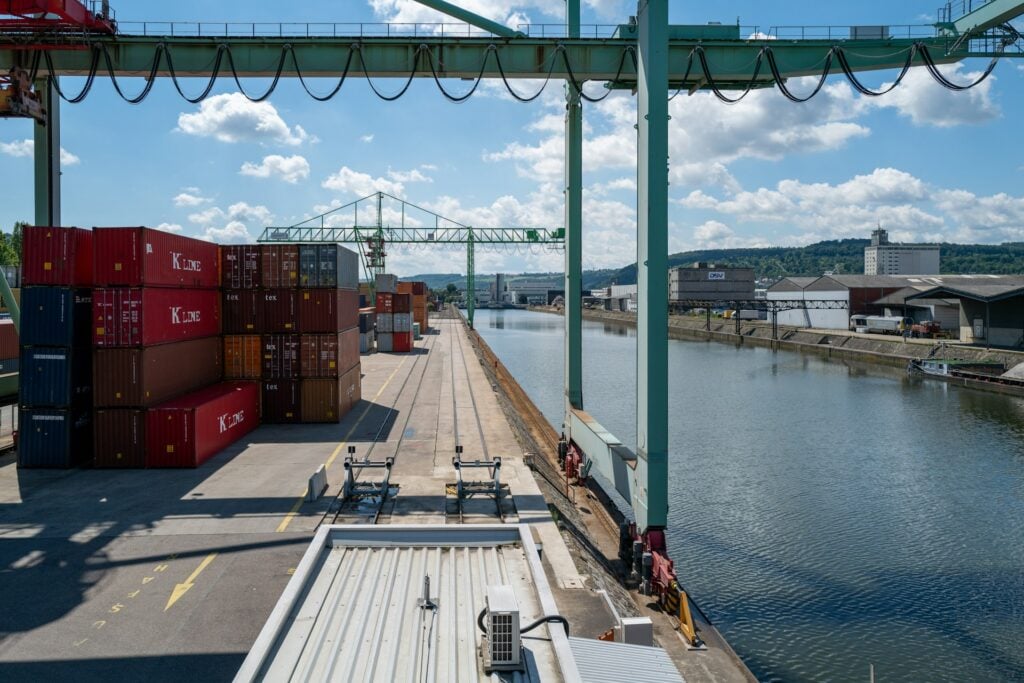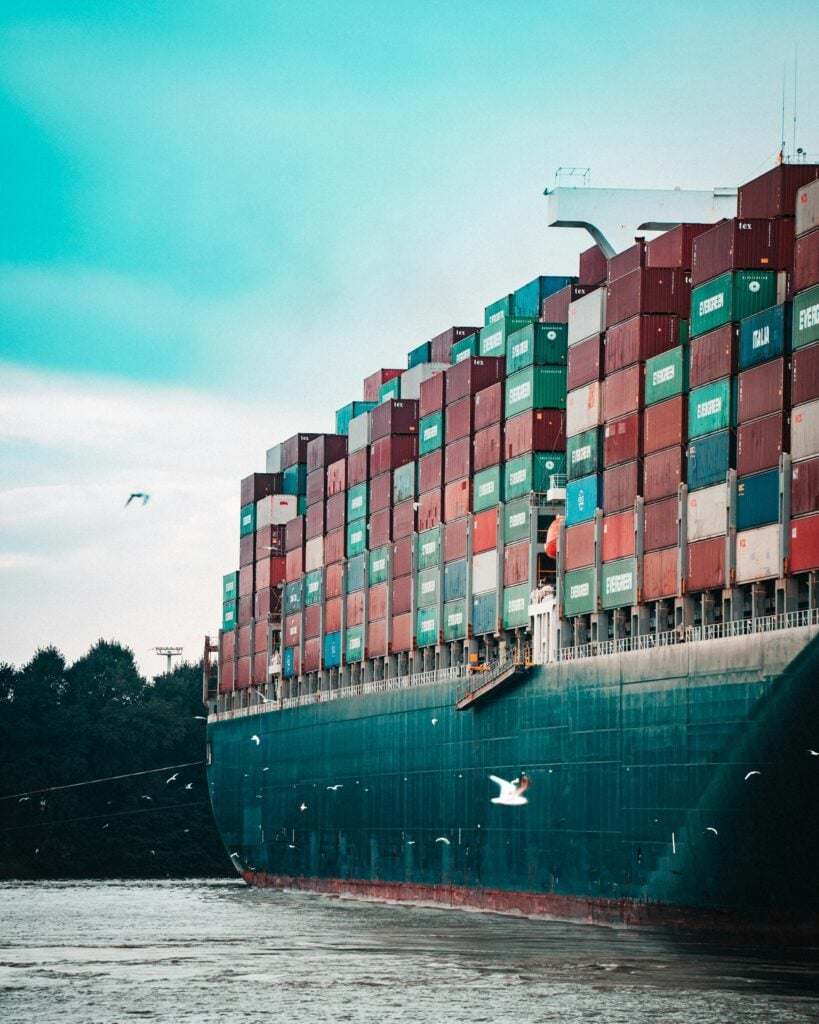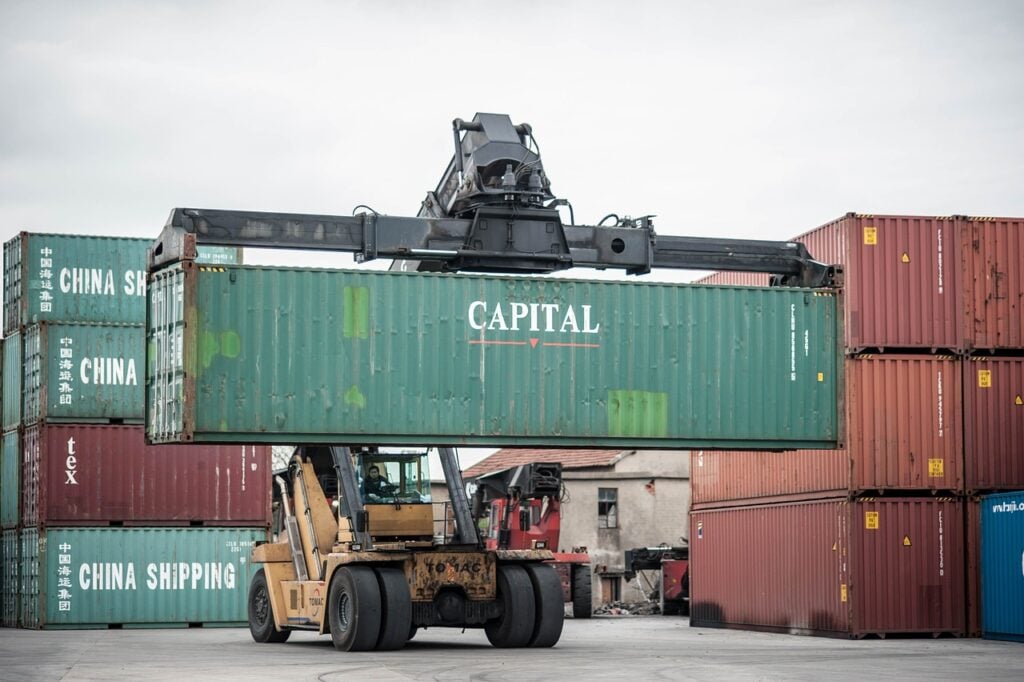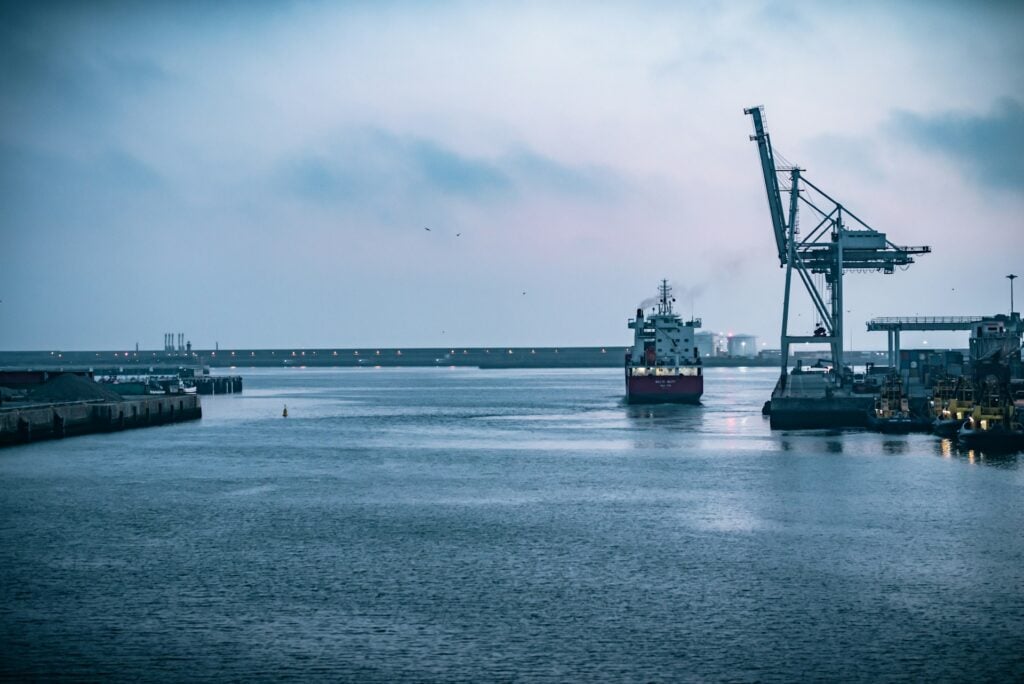Falling Freight Rates, Rising Urgency for Supply Chain Visibility

This peak season is anything but ordinary. Despite robust shipping demand, ocean freight rates on the main East-West trade lanes are plummeting. On the Transpacific, spot rates surged above $6,000/FEU to the U.S. West Coast in June, only to collapse to ~$1,700–2,300/FEU by mid-August. Rates to the East Coast dropped to ~$2,700–3,400/FEU. Similarly, Asia–Europe spot […]
Scope 3 Emissions in Ocean Shipping: Measurement Techniques and Mitigation Strategies

Scope 3 emissions in ocean shipping represent a significant portion of the maritime industry’s total greenhouse gas (GHG) emissions. These indirect emissions occur across the entire supply chain. It encompasses activities such as upstream and downstream transportation, purchased goods and services, fuel and energy-related activities, and waste generated in operations. Given the increasing focus on […]
Emissions Reporting in Container Shipping: CSRD Compliance Tips

Emissions reporting in container shipping is a critical step toward achieving global sustainability and aligning with regulatory frameworks like the Corporate Sustainability Reporting Directive (CSRD). As one of the key contributors to carbon emissions in the logistics sector, container shipping companies must adopt accurate and transparent reporting practices. This blog explores the importance of emissions […]
Calculate CO2 Emissions in Shipping with Dockflow’s Emissions Tracking

Accurately tracking CO2 emissions is an essential step toward sustainability in maritime logistics. With shipping contributing approximately 3% of global greenhouse gas (GHG) emissions annually, the industry faces increasing scrutiny from regulators, stakeholders, and consumers alike. Tools like Dockflow’s emissions tracking enable companies to meet stringent compliance standards, optimize operational efficiency, and align with international […]

